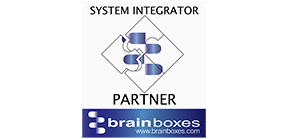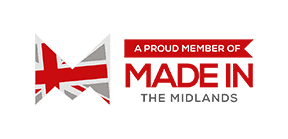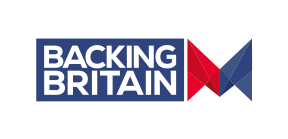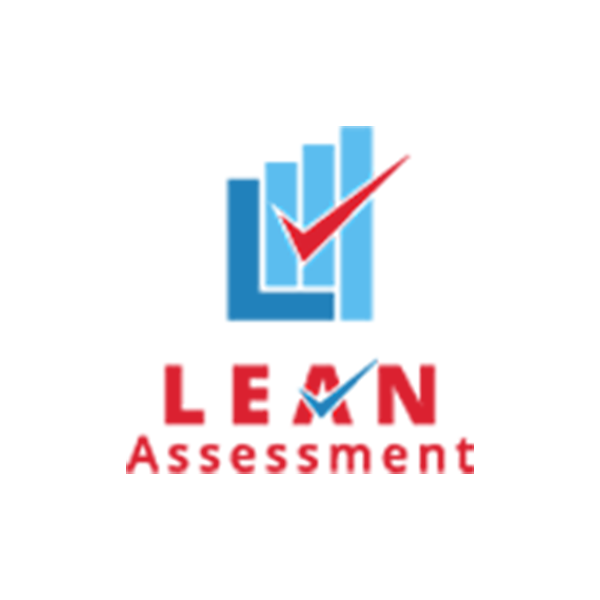How can Lean Culture help you save Time and increase Productivity?
- By Brett Griffiths
- Lean Technology
- March 31 , 2023
- Share

A Lean culture can lead to long-term success for your business. Organisations focus on ways to save time and improve their productivity. Lean can be a powerful tool for saving time and generating favourable results for your business. The lean methodology aims to identify and eliminate the waste generated during production. Doing so can make the entire process streamlined, efficient, and effective. This results in improved quality, increased productivity, and reduced costs. The practical utility of valuable resources helps you save time and, thus, your productivity.
Lean approach for effective time management and enhanced productivity
The lean methodology streamlines operations by eliminating the extra stages and shortening task durations with process analysis, task simplification, and standardisation. These processes ensure a continuous flow within the production environment, saving time and enhancing productivity. The lean approach also emphasises the importance of quality by improving efficiency and waste reduction. By focusing on quality, you no longer need to spend time reworking, which saves time and increases productivity.
Lean Metrics as a Performance Indicator for effective management
Lean metrics are a set of measurements used to track the performance and progress of lean initiatives. By monitoring these metrics, organisations can identify areas for improvement and measure the impact of lean initiatives on their performance. This information can guide decision-making and improve efficiency and effectiveness for time management and quality production.
Manage your time and enhance productivity with these Lean tools
Lean Six Sigma, a process improvement methodology, combines the two powerful approaches, Lean and Six Sigma, to waste reduction and reduce defects in organisational processes. Lean focuses on streamlining and removing non-value-added activities from the process, while Six Sigma uses data-driven techniques to identify and eliminate defects. Lean tools aim to eliminate unnecessary procedures and minimise possible defects. Lean tools can help your businesses to save time and enhance productivity. It can assist you with streamlining your activities and boosting productivity. The Lean tools help in maximising value while minimising waste production. These tools can help your business reduce costs, improve productivity, and save time. Implementing a lean methodology is significant for adequate time utility and enhanced results. These steps can help you achieve lean methodology with these lean tools and techniques:
1. Value Stream Mapping
Value Stream Mapping assists in identifying areas of waste production and weak areas that need focus. Identifying these areas benefit you in the practical utility of time. It enables you to focus on solutions that offer your customers continuous value streaming. Value Stream Mapping can be an effective tool which helps with the visualisation and team collaboration. It is easy for decision-makers to analyse the current progress and understand areas of waste generation. It also helps to identify excessive downtime, process delays and other inventory issues. In addition to saving time and money, VSM identifies unproductive tasks that do not add value. It also helps organisations to achieve a tangible view towards a common goal.
2. Kanban
Kanban helps organisations to manage and improve their workflow. The core concept of Kanban is to visualise work as it moves through a process. A column on a board represents each stage of the process. These cards contain information about the work, such as its priority, status, and other relevant details. Kanban emphasises the importance of limiting Work In Progress (WIP) to improve flow and reduce lead time. By limiting the Work in Progress at any given time, teams can focus on completing work before starting new items, reducing context switching and improving efficiency. Teams may execute solutions and monitor their progress on the same Kanban board. Kanban boards help avoid excess inventory, duplicated efforts, over processing or idle time by focusing on a single point.
3. kaizen
Kaizen promotes a culture of continuous improvement, where every employee is involved in improving their work processes. Kaizen encourages employees to identify and implement improvements in their daily work. Kaizen helps to identify and eliminate waste, improve quality, and increase efficiency in your workplace. Kaizen focuses on finding the right opportunities and identifying problems for the right solution. Implementing the right solution can prevent predictable errors, save time and provide quality results.
4. 5S
The 5S Lean methodology can assist you in better organising your work and maintaining a clean workspace. 5S helps in saving time by reducing the time required to locate and retrieve items. It also reduces the time necessary to clean and maintain your workplace. 5S provides an organisational approach that rightly distinguishes useful and unuseful. Thus it improves the efficiency of your work processes. 5 S helps you better organise your workplace and eliminate waste, improving productivity and efficiency.
5. Gemba
Gemba walk helps you to observe the work processes, identify any inefficiencies or problems, and engage with the workers to gain a deeper understanding of the work. Before a Gemba walk, leaders find out the current running processes and potential issues that may arise. During the Gemba, open-ended questions are asked of the workers. Micromanaging or interference with the work should be avoided; instead, the focus should be on observation and learning. After the Gemba walk, you can use your observations and insights to develop action plans and improve the work processes. Proper planning enables effective time utility and prevention of possible errors, which could save time. Hence Gemba can be a powerful tool which can help you focus on teamwork and collaboration.
6. Just-in-Time (JIT)
With Just-in-Time, you can efficiently use resources by producing what is needed and when it is needed in the right quantity. Instead of following a predetermined schedule, the tool helps create a pull system where customers' orders trigger production. JIT assists you in saving time by reducing the time required to produce and deliver products. JIT also helps to manage the time needed to manage inventory and improve the quality of products.
7. Single Minute Exchange of Die (SMED)
Single Minute Exchange of Die (SMED) minimises the time it takes to change from one product to another. Hence SMED can reduce inventory, improve customer responsiveness and improve productivity. The SMED process involves analysing the setup process and identifying opportunities for improvement. It includes separating the internal and external activities, simplifying and standardising them, and reducing the number of setup steps.
8. Total Productive Maintenance (TPM)
Total Productive Maintenance maximises machinery usage by reducing downtime and increasing productivity in your organisation. TPM helps involve your employees in equipment maintenance, create a preventive maintenance program, and improve Overall Equipment Effectiveness (OEE). TPM enables you to save time by reducing the time required to repair equipment, reducing downtime, and improving the efficiency of the equipment.
9. Poka-Yoke
Poka-Yoke helps you to focus on error-proofing a process. This approach involves designing an event so it is impossible to make a mistake. By implementing this approach, you can save time by reducing the time taken for error corrections and accomplishing your task efficiently. Error proofing also helps to produce quality products.
10. Standardised Work
Standardised work helps to maintain a consistent and repeatable process. Creating a standard procedure
aids in waste reduction and reduces task completion time. This approach can help you to achieve consistent
quality and reduce the time necessary to train new employees. Hence it saves time and enhances
productivity in your workplace.
The Lean approach is not a one-time event but a continuous process for improvement. By waste reduction,
increasing production, and enhancing efficiency, lean tools may help you save time. By implementing these
tools in your workplace, you can make it organised and efficient. It also helps to improve the quality of
your products or services and reduce the time it takes for task completion.
Lean manufacturing techniques are adopted by businesses to effectively utilise their time and enhance
productivity. If you embrace this approach, you can benefit from increased profitability, reduced costs,
and improved customer satisfaction. Lean tools can help you to remain competitive in today's fast-paced
business environment.
Interested in knowing more about the other Lean Manufacturing Tools that can speed up your Continuous Improvement journey? Find the Top 25 Lean Manufacturing Tools here.
Start Free Trial
LEAN TRANSITION SOLUTIONS
The Old Vicarage, Pershore Road, Upton Snodsbury, Worcester, Worcestershire, WR7 4NR, United Kingdom.
BLOG
Lean Transition Solution
-
Lean Industry 4.0 Solutions
- TITAN:Computerised Maintenance Management System
- Data Point:Computerised Balanced Scorecard
- Janus: Automated Shop-floor Data Capture System
- T-Card: Integrated Production Planning and Plant Level Execution System
- JDI: Maintenance Automation App
- Maximus: Integrated ERP System
- e-Contractor: Integrated In-house Contractor Management System
- Q-Point: Integrated Quality Management System
- Safety-Point: Integrated Health and Safety Management System
- Lean Assessment: Lean Audit and Assessment System
- Saisho: Lean 5S Audit and Assessment App
- Emergency Response App: To Manage Emergency Situations
-
Leadership 4.0 Solutions
- Your Career Academy(YCA): Learning and Development System
- YCA e-Learning : Management System
- MentorYou(MU): Mentoring App
- Leadership 4.0 : Leadership Transformation Program
- Lean Manufacturing Workshop
- Lean Manufacturing Consulting
- ILM Accredited Green Belt Training and Certification Program
- ILM Accredited Black Belt Training and Certification Program
- Software Development Service
- Resources
- Company
- Contact











